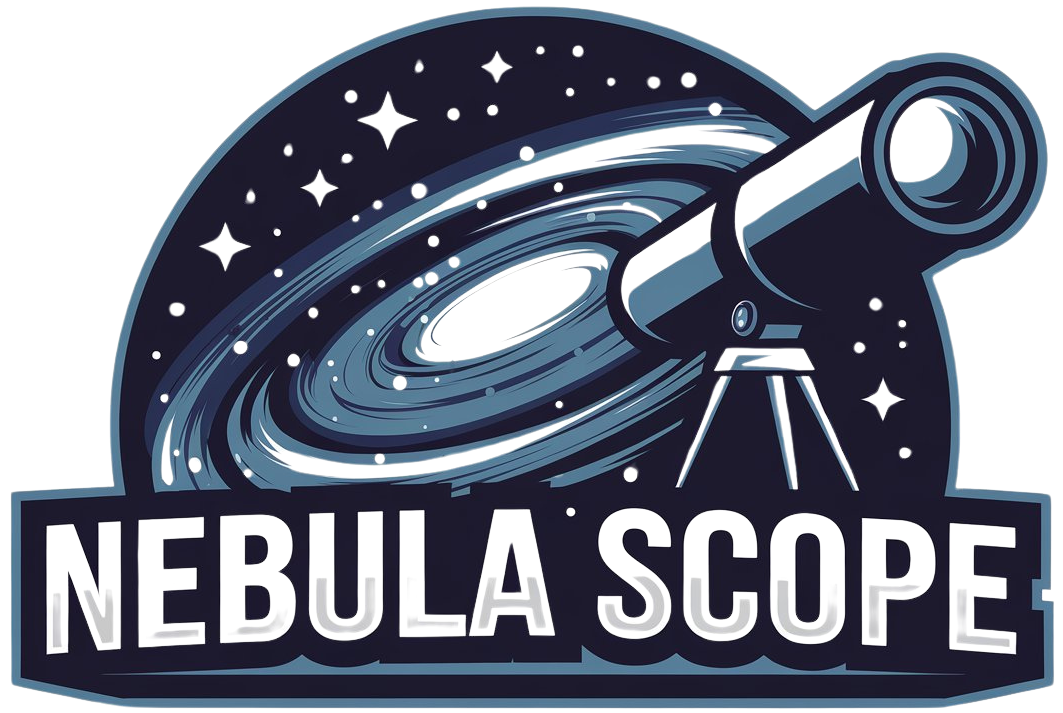Again to Article Checklist
From the December 2024 factor
Transits, occultations, eclipses, and shadow transits of the jovian moons are best possible occasions for telescopic viewing.
Ganymede’s shadow transit April 15, 2020, is captured right here via an 11-inch Schmidt-Cassegrain. The moon’s shadow is without delay above the Nice Purple Spot, whilst the moon itself is at left. Credit score: Molly Wakeling
It can be chilly this month, however now is a brilliant time to get outdoor and discover Jupiter’s good looks and would possibly. The 5th planet won’t simplest achieve opposition on Dec. 7, it’ll even be at perigee (closest to Earth) on Dec. 6, striking on its largest and brightest display of the yr.
Identified for its Nice Purple Spot, Jupiter additionally boasts 4 vibrant, fast-moving moons: massive Ganymede, cratered Callisto, volcanic Io, and icy Europa. And there’s no higher time to courageous the chilly and discover one of the Galilean moons’ most enjoyable occasions: transits, occultations, eclipses, and shadow transits!
Transits happen when one of the most moons strikes around the face of Jupiter. Because the moons have orbital classes of only some days, transits happen masses of occasions in keeping with yr. At opposition Dec. 7, you’ll be able to catch Io starting to transit at 4:30 a.m. EST. Or, should you aren’t an early fowl, you’ll be able to catch Europa transiting at 10:18 p.m. EST Dec. 5. It may be onerous to tell apart the moon as soon as it passes in entrance of Jupiter, however you’ll be able to watch the start and finish of its transit, because it strikes onto the disk (ingress) and slides off of it (egress). Transits most often remaining round two to a few hours. I love to make use of the SkySafari digital planetarium app to visualise when and the place those occasions will happen.
Occultations occur when one of the most moons is going in the back of the planet and disappears from view. Round opposition, you’ll be able to watch the white dot of Io vanish from sight Dec. 8 at 1:49 a.m. EST and reemerge at 4:01 a.m. EST. The Nice Purple Spot isn’t visual all the way through the occultation, however you’ll be able to discover Jupiter’s multicolored cloud bands when you wait.
Eclipses are very similar to occultations, apart from that as a substitute of simply passing in the back of the planet, a moon can cross into or out of Jupiter’s shadow. At opposition, Jupiter’s shadow is without delay in the back of it, however later within the yr, you’ll be able to watch one of the most moons reappear a ways clear of the planet’s disk. On Feb. 1 at 12:51 a.m. EST, as an example, you’ll be able to witness Io rising from Jupiter’s shadow virtually a half-planet-width away!
Shadow transits are my favourite to watch. Those happen when one of the most moons crosses the face of Jupiter; a shadow transit refers particularly to the shadow this is forged through the moon onto the jovian clouds. Close to opposition, the shadow the moon casts will probably be on the subject of, if indirectly in the back of, the moon itself. At different occasions of the yr, a moon’s shadow will also be visual at the disk neatly prior to or after the moon itself has transited, permitting each the moon and the shadow to be simply seen on the similar time.
Within the wee hours of Dec. 30 within the U.S., each Io and Ganymede could have shadow transits on the similar time, with Io’s shadow showing at 4:42 a.m. EST at about the similar latitude because the Nice Purple Spot, and Ganymede’s at 5:37 a.m. EST towards the ground of the planet. It is a excellent tournament for the western U.S. and will get harder farther east. East Coast observers would possibly see Jupiter set simply prior to Ganymede’s shadow seems, or the planet transform muddy because it nears the horizon. However West Coast observers will have to be capable of see each shadows till Io’s shadow transit completes at 6:54 a.m. EST.
To identify those Jupiter phenomena, a telescope is your only option. Whilst the moons are visual via 7×50 binoculars, if you wish to catch those occasions intimately and experience the wonderful thing about Jupiter’s colourful clouds, a telescope with no less than 6 inches of aperture will ship extra pleasant perspectives.
If you have an interest in recording your staring at efforts, the Astronomical League provides a program referred to as Galileo’s TOES, the place you apply every of those 4 phenomena (transits, occultations, eclipses, and shadow transits) for every of the 4 Galilean moons and document ingress and egress occasions. Extra in this program will also be discovered at www.astroleague.org/galileos-toes. To peer predictions for tournament occasions in addition to animations of them, take a look at https://shallowsky.com/jupiter.
Satisfied staring at, through Jove!

